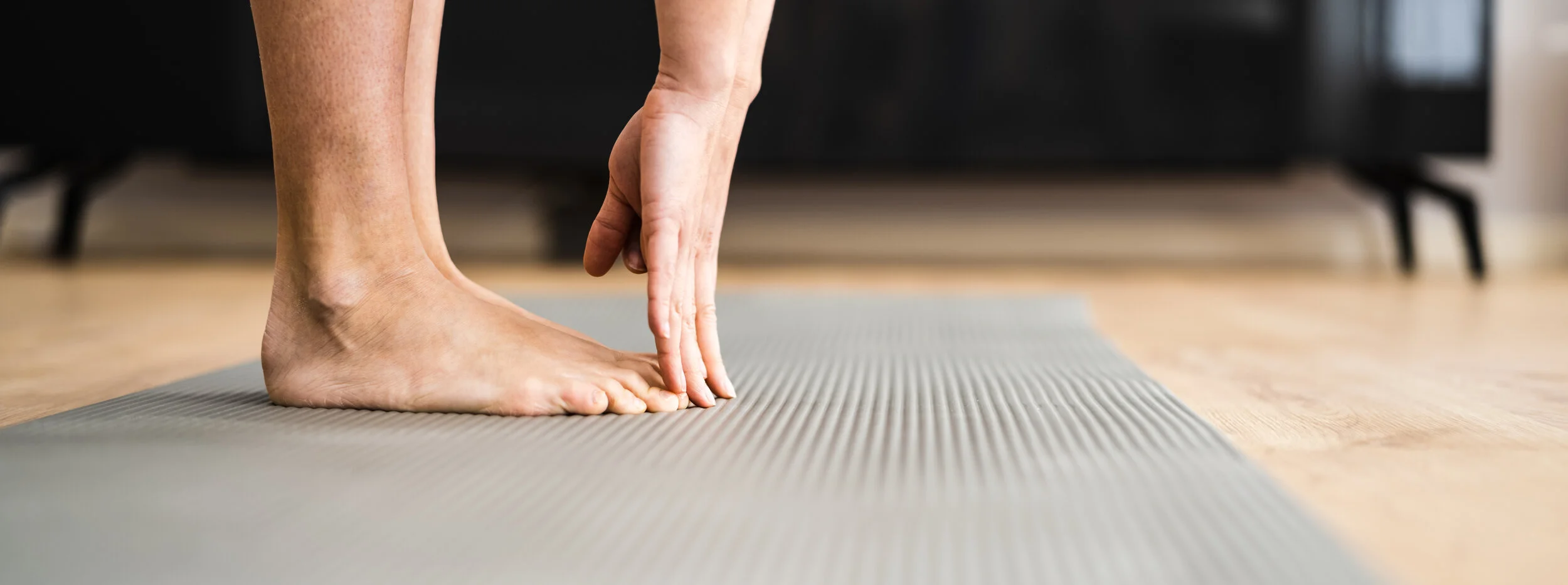Tight hamstrings are a common complaint with everyone from office workers to athletes. Unfortunately, stretching is not always the most effective or long lasting solution. Here are 3 exercises that can help relieve hamstring tightness, prevent injuries and improve range of motion in your hips.
Some of the biggest causes of tight hamstrings are:
Too much sitting because your knees are bent and therefore your hamstrings are in a prolonged shortened position.
Compensation because other muscles are weak and not doing their job. For example, weak glutes or hip flexors can actually cause your hamstrings to work harder and tighten.
Overuse or underuse can also cause the hamstrings to tighten.
Supine Hamstring Mobility
By slowly bending and extending your leg, this exercise gently increases the length of your hamstring and helps to improve range of motion.
Start by laying on your back.
With one leg flat on the floor, raise the other leg up with your hands wrapped around the hamstring, supporting your leg.
Very slowly begin to bend and extend your knee.
Repeat for 12-15 reps and then repeat on the other leg.
Elevated Glute Bridge
This glute bridge variation really targets your hamstring by elevating your heels. When performing this exercise make sure your hips are in a neutral position and don’t hyperextend your lower back to get your hips higher.
Lay on your back with your feet hip width apart and heels pressing into a bench.
Tilt your hips so that your pelvis and back are in a neutral position.
Slowly begin to lift your hips, hold and then slowly lower.
Really focus on the mind-body connection.
Complete 12-15 reps.
Passive Hamstring Stretch
One thing to keep in mind when dealing with tight hamstrings is not to overstretch the muscle. This passive stretch works to gently elongate the muscle without straining it.
Set yourself in a comfortable position on the ground next to a doorway.
Lift one leg and rest it against the wall while the other leg is on the ground.
Gently let your elevated leg relax against the wall.
If the stretch is too intense, move away from the doorway.
Book an appointment with one of our rehab specialists today!






